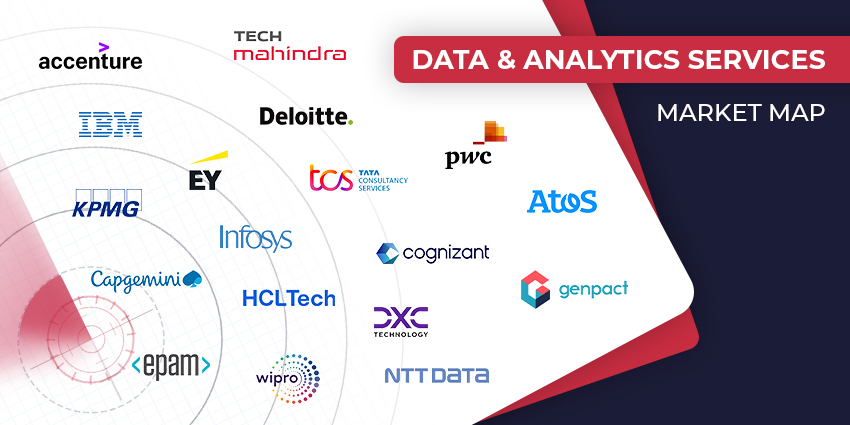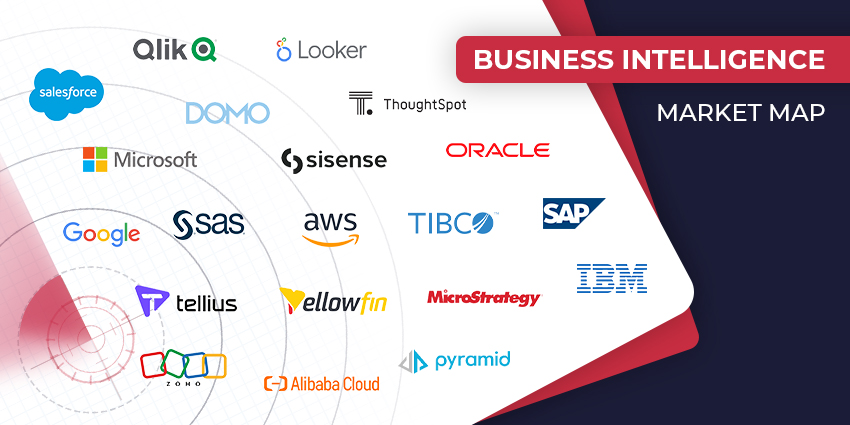Oracle is making the design system and platform responsible for powering its applications available to partners and customers.
The newly available Oracle Applications Platform provides users with access to a host of award-winning Redwood UX components, as well as advanced capabilities like search, conversational experiences, telemetry, and self-learning recommendations.
Using this landscape, developers and customers will be able to rapidly build and deploy apps which integrate with Oracle’s suite of cloud-based applications.
Discussing the incentive for the move, Jenny Lam, the Senior Vice President of User Experience at Oracle, stated: “No matter how fast we innovate, some customers will want to add their own features or industry-specific capabilities.
“With Oracle Applications Platform, we’re giving customers and partners access to the same tools that Oracle’s own development organization uses to enable them to extend and personalize our applications to fit their unique needs.”
An Intuitive Platform for App Development
The Oracle Applications platform gives companies the freedom to personalize and extend Oracle technologies to fit their unique needs, with a consumer-grade user experience.
Various tools are included in the solution, such as:
- Redwood UX Building Blocks: A selection of software development tools designed to help developers save time and effort by modifying UX components without complexity. UX resources like the Redwood reference app, component repository, page templates, design guides, and reference architecture makes building applications simple.
- Telemetry: Tools for application telemetry provide enterprise developers with access to real-world feedback on their app performance, so they can rapidly resolve problems and implement new improvements. Consumers and developers gain detailed insights into out-of-the-box usage behavior information and quality of service.
- Search: The Oracle Search component means developers can quickly add powerful search capabilities into their tools, while preserving learned suggestions across devices. Machine learning and AI-enabled suggestion strings and typo-tolerant search functionalities are included, to help simplify navigation.
- Business Logic: Oracle’s platform includes a self-learning recommendation engine infused with RedWood components to help increase the productivity of end-users without further coding. The technology can learn from user behavior history to help partners and customers develop predictive experiences for users.
- Conversational Experiences: Digital Assistant components embedded into the ecosystem assist enterprise developers in building simple-to-use apps which promote desired user behavior. With the ability to add voice interfaces, customers and partners can improve the user experience and accessibility of all apps.
- Low-Code Development: The Visual Builder Studio from Oracle helps customers and partners to extend Redwood apps or develop new tools without the need for extensive knowledge and development skills. Users can easily add new functionality in seconds.
- Data Visualization: Analytics components from the Oracle Cloud help developers to place data visualisations into their apps to ensure data is more accessible to end users.
The Oracle Fusion Cloud Application Suite
The new development solution provided by Oracle gives companies everything they need to make rapid decisions, optimise processes, and accelerate change.
Moreover, the self-updating platform gives consumers the continuous innovation required to remain agile, with new features added every 90 days.
Sharing his perspective, Kevin Permenter, Research Director for Financial Applications at IDC, said:
“With Oracle Applications Platform, organizations will be able to add proprietary capabilities to Oracle Fusion Cloud Applications on the same platform and data model, with the same UX.”
“This will ultimately make Oracle’s suite of enterprise applications more flexible, user-friendly and appealing to its customer and partner ecosystem.”
Finally, the move may allow Oracle to add to its growing annual cloud revenues, which the vendor estimates will reach $20BN in 2023.







